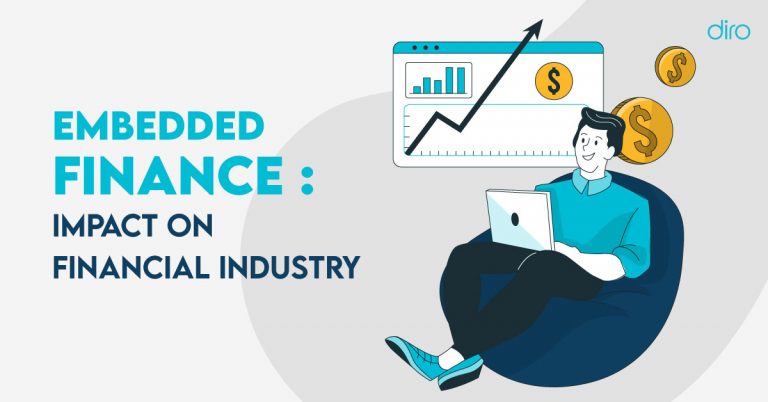
Graduating amongst the top 5% of her class gave Olayinka a sense of accomplishment. She felt on top of the world until subtle insults from her family replaced songs of adornment as she grew dependent on them after struggling to find a job.
“Sapa, no good o,” she said, while tears rolled her eyes as she lamented to her friend Ope.
Realizing that tears would not count and the only sensible way forward was entrepreneurship, she took to the street.
Register for Tekedia Mini-MBA edition 19 (Feb 9 – May 2, 2026): big discounts for early bird.
Tekedia AI in Business Masterclass opens registrations.
Join Tekedia Capital Syndicate and co-invest in great global startups.
Register for Tekedia AI Lab: From Technical Design to Deployment (next edition begins Jan 24 2026).
Quickly, she drafted a business plan and organized a team. But in securing a loan she understood that the street also had its woes.
Drafting up a business plan was not hard, neither was management, her major obstacle off hardship was securing a common loan of 300,000 naira.
Like Yinka, many Nigerians who have ventured into entrepreneurship- joggling one kind of SME or the other to meet ends need- find it hard to secure working capital. This unpleasant incident has resulted in heavy cash handling as many hardly see the benefits of banks. Thus, relying heavily on direct interaction between customers and sellers- fostering relationships.
Yet, while handling cash has costly ripple effects, reliance on relationships holds value. These relationships, now enabled by technology, fosters inclusion and strengthen the supply chain. This inclusion has led to non-financial entities offering financial services, which is known as Embedded Finance.
While not a new ideology, Embedded finance has in recent times become a buzzword. Primarily, it aims to simplify financial service processes for consumers, making it easier for the public to access money- and the related services- they need, anytime, anywhere. (Amosu, 2022).
It includes the following;
Embedded payment. This refers to the blending of payment infrastructure to create a seamless payment flow within an app or a platform. Flutterwave is an example of a company that offers such a service, and its most common use is for payment within the ride-sharing app like Uber.
Embedded Credit. The burden of buying has always created the need for short-term loans, yet all mechanisms to fix this friction seem to be a misfit. Buy now, pay later (BNPL), an example of embedded credit, solves this need.
This bespoken loan empowers businesses to grow and manage capital as it best suits them. This crediting system also includes Payrolling assistance, as offered by Earnipay, and B2B lending by Tradedepot.
Embedded Insurance. While many still hold on to the Blood of Jesus as their source of coverage, statistics show that SMEs experience costly accidents, and always struggle to find stability in the aftermath. Embedded Insurance services offered by Curacel and Insurpass make it easy for individuals and businesses to make claims on what is duly theirs.
While the concept may still be finding its way into the mainstream, if maximized, it can transform an everyday side hustle business into a conglomerate.



